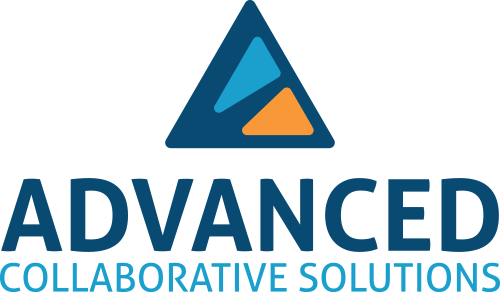4 Ways to Amplify the Impact of Your Instructional Leadership

By: Steve Ventura
With skyrocketing teacher turnover, lagging student achievement, and relentless education trends and initiatives, even the most seasoned instructional leaders get overwhelmed. It's a daunting reality, one that can easily sap the optimism and energy from any number of dedicated educators.
Instructional leadership goes beyond a title; it is a mindset, a set of values, and a way of engaging with others that fosters a positive and inclusive learning environment. The truth is, while the path to academic success for all students may be full of obstacles, it is also paved with opportunities for transformation and growth under skillful instructional leadership. While content knowledge is certainly a valuable strength, deep content knowledge of every content area is not a necessary ingredient for strong instructional leadership.
For leaders ready to guide teams toward instructional excellence, read on for four key ways to enhance your impact that are unrelated to content knowledge.
1) Establish Your Leadership Vision
Visionary leadership is at the heart of schools that cultivate strong outcomes for all learners. By starting with a clear and compelling vision for instructional excellence and student achievement, leaders inspire and motivate their teams, guiding them toward a shared goal of continuous improvement. However, crafting a vision is no easy feat, and neither is clearly articulating that vision. To refine your vision, read this blog post for how-to’s and guiding prompts to walk you through a vision-setting process.
Clear and consistent communication is the cornerstone of effective instructional leadership. Leaders must ensure that information flows freely between stakeholders, fostering transparency and trust. By keeping lines of communication open, leaders promote collaboration, alignment, and synergy among teacher teams and PLCs.
2) Harness Collective Teacher Efficacy
A compelling instructional vision is one thing – the actions and culture that bring that vision to life are absolute linchpins to success. For decades, I have had the privilege of supporting instructional leaders across the country, and one thing I guide every leader to recognize is the power of collective teacher efficacy. Begin with establishing a culture that is built on trust, encourages collaboration, and allows for the whole to be greater than the sum of its parts.
3) Emphasize Progress, Not Perfection
Leaders must foster an environment where risk-taking is encouraged, mistakes are viewed as opportunities for learning, and feedback is constructive and meaningful. By nurturing a supportive culture, leaders empower their teams to take ownership of their professional growth and development. Encourage teams to set shared goals through meaningful dialogue. In collective pursuit of these goals, teams develop ownership, accountability, and motivation.
To sustain improvement and foster a culture of continuous growth, leaders must continually enhance collaboration within teams. By promoting effective communication, data-informed decision-making, and a shared commitment to excellence, leaders can drive meaningful change and achieve lasting results. Through ongoing reflection and refinement, leaders can ensure that their instructional leadership practices remain responsive to the evolving needs of their school community.
4) Be Strategic with Teacher Collaboration Time
Jay McTighe, author of Understanding By Design, recently noted that, "while many schools have established professional learning communities (PLCs), not all are realizing their potential due to unclear purpose, lack of trust among members, having no established protocols, or meetings that focus on trivial matters. Achievement Teams offers practical and proven strategies and tools to overcome these failings so that PLCs can achieve their ultimate purpose of enhancing student learning."
Effective instructional leadership capitalizes on the potential power of Professional Learning Communities (PLCs), or as we at ACS prefer to call them, Achievement Teams. In our teacher collaboration model, we offer the following four-step structured protocol:
- Collect and chart data: Focusing on evidence from quality short-cycle assessments that center on "unwrapped" priority standards, teams take time to analyze student work to develop inferences and inform meaningful professional conversations.
- S.M.A.R.T. goals: Creating goals for both students and teachers has tremendous impact on academic outcomes.
- Baseline evidence statements: Summarizing the collected data helps educators make inferences around mastery levels of students.
- Evidence-based instructional strategies: Selecting the strategies that will have the most impact on student achievement.
These actions provide teachers with a predictable and surefire path toward drastically improving student outcomes. In Achievement Teams, data serves as a powerful tool for continuous improvement, guiding educators towards evidence-based practices that yield positive outcomes.
Leading the Collective
By embracing visionary leadership, harnessing the power of the collective, emphasizing progress, and strengthening teacher collaboration time, leaders can create environments where teachers thrive, students excel, and learning flourishes. In my forthcoming book, I delve deep into the heart of instructional leadership, offering insights, strategies, and real-world examples that empower leaders to rise above the challenges and chart a course toward success. Drawing from years of experience and research, I reveal the keys to fostering collaboration, inspiring innovation, and driving meaningful change within schools and districts. If you are looking for support to effectively navigate the complex terrain of instructional leadership, get in touch and let us pursue academic excellence together.

